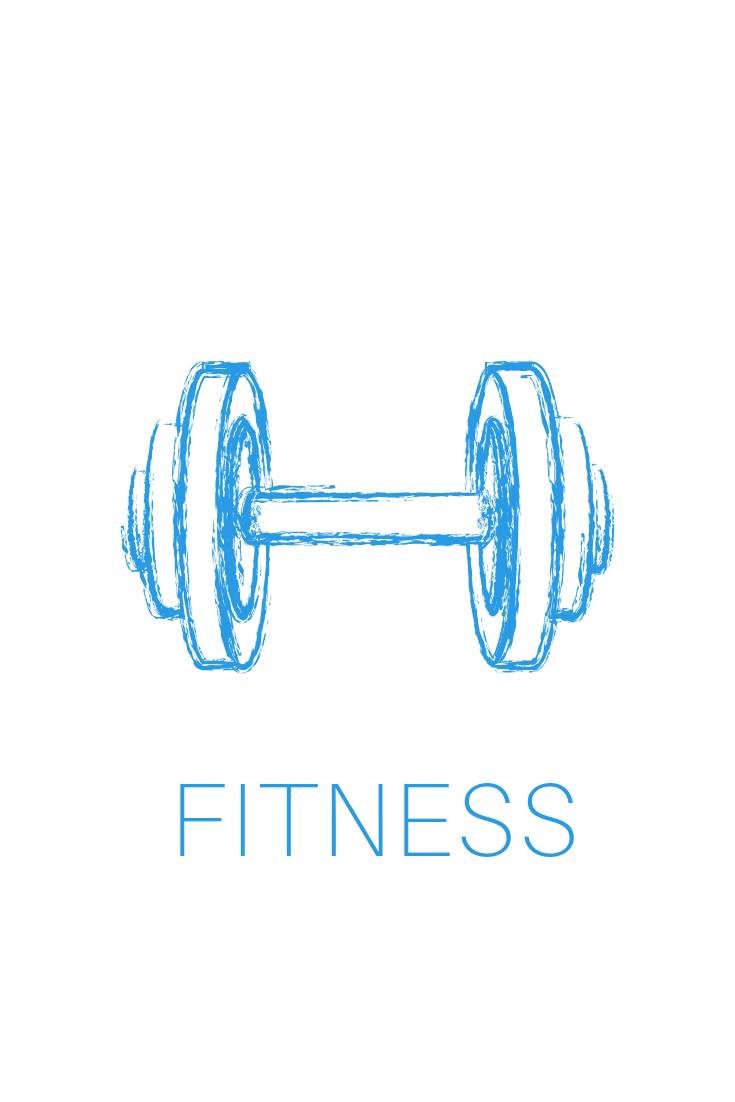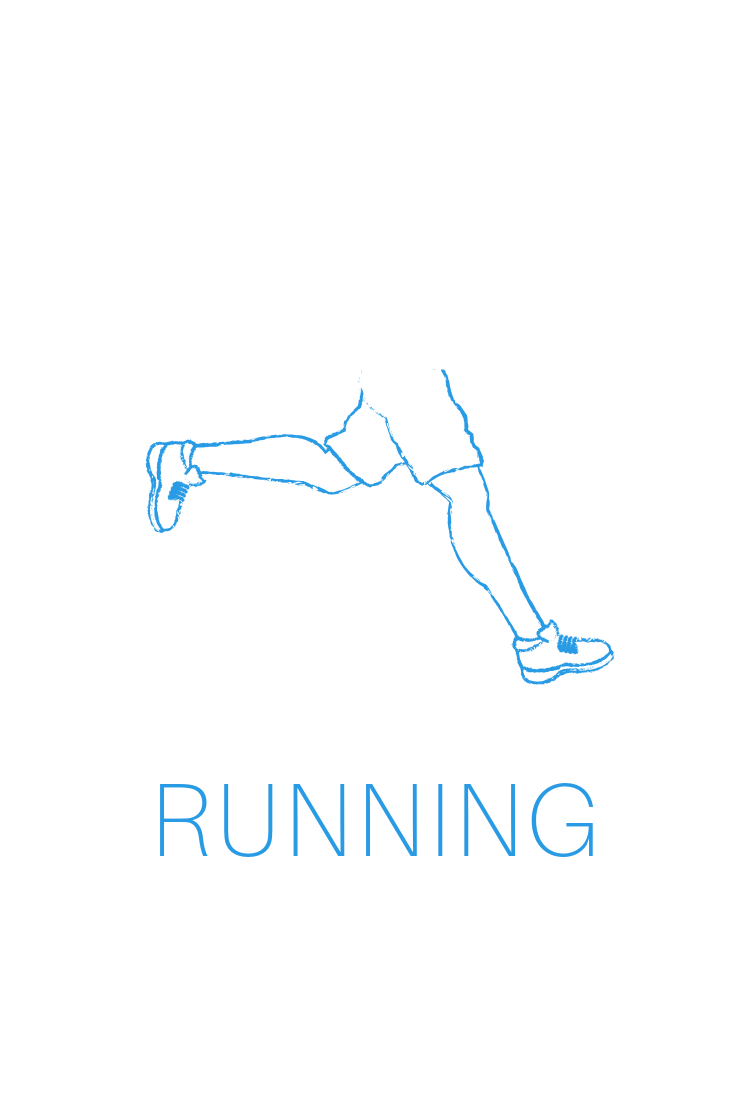Why We Don't Want To Exercise
Here's the conundrum: our bodies are made to move, and yet our instincts tell us to rest. Why do we find it so hard to exercise when we know it's so good for us?
In case you hadn’t heard, exercise reduces your risk of heart disease, blood pressure, stroke, colon cancer, breast cancer and alzheimers disease. Exercise up-regulates growth factors in the brain, and increases the production of dopamine and serotonin elevating a person’s mood, reducing the risk of anxiety and depression and improving sleep.
With this knowledge, most of us want to exercise more and yet, for some reason, may of us don’t. In a 2017/2018 survey conducted by the Australian Institute of Health and Welfare, only 17% of Australians aged 18+ met the physical activity and muscle strengthening guidelines. That’s no where near enough!
When the topic of exercise comes up many of us who may not be doing enough feel guilt and shame, frustrated with our inability to change. And yet when we look at the evolution of the human body and our reasons for exercising, it’s not surprising that we find it so difficult.
In his recent book “Exercised”, Daniel Lieberman, Professor of Paleoanthropology at Harvard University, explains why we find it so difficult to motivate ourselves to exercise, even when we know of its essential and long lasting benefits. Although it’s true that our current environment is not particularly conducive to exercise (cars, TV’s, escalators etc), Professor Lieberman explains that although our bodies need to move, we are also programmed to avoid unnecessary exercise.
During the time of the hunter gatherers when food was scarce, it was important to conserve energy whenever possible in order to be ready for necessary activities such as hunting or reproducing. When they were active, they were intensely so. When they were resting, they were very much at rest. Today, with a fridge in the kitchen and a food store on every corner, we have access to unlimited energy, and yet the instinct to take the less tiring option is still in us. A recent study found that 95% of people take the escalators rather than the stairs, just in case we need to be ready to chase down a chicken for dinner.
What Can We Do?
Here’s the conundrum we are faced with: while it is profoundly normal to avoid unnecessary exertion, our bodies need and crave physical activity.
We evolved to be physically active for 2 reasons:
Necessity
Play
Therefore, we need to develop our exercise programs following a format that has necessity and / or play in mind. As it’s unlikely that most of us city dwellers will go back to chasing our dinner down the road, we need to come up with some other plans.
Sports are a great example of combining necessity with play. For example a soccer game is essentially played for fun (play). And yet the reason you run down the field with the ball is to score the goal, not simply to run - this is the necessity of the exercise. Organised running events are another great example of combining play and necessity. The combination of meeting with others (play) and placing a finish line at the end (necessity) can be more motivating than just running without purpose (although I do enjoy that as well).
According to Professor Lieberman, Fit My Day group training perfectly combines both necessity and play. He suggests making a commitment to some form of exercise program in order to create the necessity (studies show that when you’ve paid ahead you are much more likely to attend). He then suggests training with friends in order to add the element of play. As we laugh, puff and groan our way through our training sessions together, we are ensuring that it will be easier to motivate ourselves to turn up next time.
“Eating alone will not keep a man well, he must also take exercise”
By Angie Black
Angie black
BLOG CATERGORIES:







